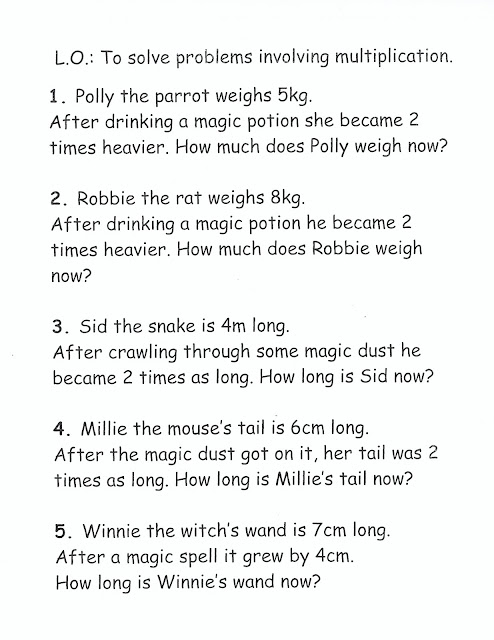Thank you to all of you have sent an email letting us know how you are, it is lovely to hear from you!
Please, please, please, if you haven't sent an email yet click on the link below and send us one (including your child's suggestion for a fab breakfast if you wish!). Go on...it really won't take long:)
English - Persuasive Writing
I hope you have had fun creating your poster this week. We created a poster for Southend but you could have created it for any place that you and your child enjoy visiting. It could have solely been about Adventure Island or another place you have visited during a holiday.
Today you could create a second poster for a different location or you could try to create a piece of writing about our Southend poster. Let's just remind ourselves of the features of persuasive writing from Monday:

Year 1 - The simplest way to create writing about our poster will be to give a reason for why you think one or more of the places is fab e.g.:
I like Adventure Island because it has exciting rides.
You can write a sentence like this for as many of your pictures as you wish.
Year 2 - If we look at the "Structure" box we can see that it asks for an opening statement. So this could be:
Southend is an amazing place to visit.
Now if we want to use the language features of emotive language and using opinion as fact we can big this up a bit:
Southend is the most amazing place to visit for all the family.
After the opening we can elaborate on each point. We could use the points we added under our pictures last time.
Adventure Island has some of the most exciting rides in the world which will scare the life out of you. It also has some of the tastiest food in the whole town whether you like burgers or hot dogs.
Again the amount of writing created is not as important as understanding the intent of the writing. Be led by your child - hot July is not always conducive to masses of writing!
Maths - Multiplication Squares & Number Sequences
To wrap up our work on multiplication this week, we will look at number sequences with Year 1's and a simple multiplication square for the Year 2's but again choose the task that you feel best suits your child.
Year 1 - Have a go at completing these missing number sequences. Decide which number steps you are counting on in and then count in these steps to find the missing numbers. Numbers sequences are all about patterns so on one level you will be counting on but also look for patterns to help you.

Year 2 - Multiplication squares are a kind of extension to the above idea. Here you need to look at the number on the left (this is what we are counting on in) and the number at the top is how many times you count this number.
There are 2 multiplication squares to choose from. The second has the numbers across the top jumbled up to help quick recall of these facts. I have also included a blank one so you can choose your own tables to practice.

For clarity, I have partially completed the squares so you can see what you are heading for.

I wish you all a happy day.
KS1 Team










































